Tips for choosing and making quilling paper
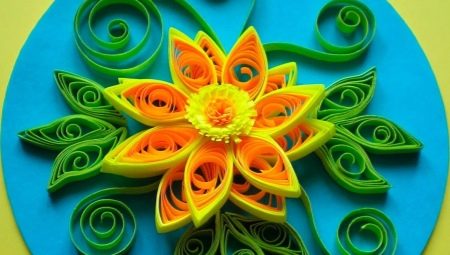
In recent years, such kind of needlework like quilling or paper-rolling... In order to be able to create crafts in this style, you need to prepare special paper. Today we will talk about how to choose the right paper for quilling and whether you can make it yourself at home.
What it is?
Quilling is a type of needlework that allows the performer to create compositions from paper. Moreover, these compositions can be both flat and voluminous. Quilling paper should have a special shape: the material should be cut into narrow and long strips. The performer can give these stripes a wide variety of shapes, thereby forming the most unusual compositions.
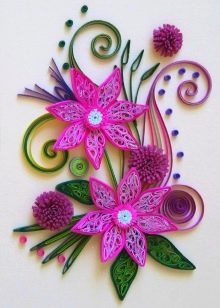
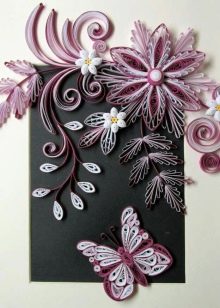
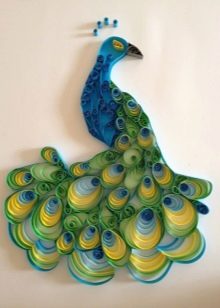
Initially, this type of needlework appeared in the late XIV - early XV centuries. in Mediterranean Europe. An unusual art was invented by monks. Today, there are several different schools of quilling: Korean and European. They have significant differences. At the same time, both techniques found their admirers.
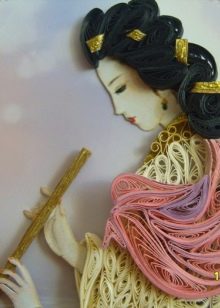
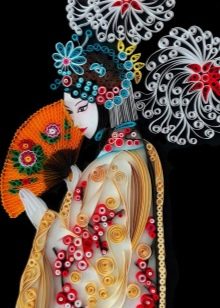
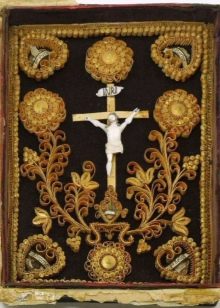
Depending on what end result you want, you can use monochromatic or multicolored paper. In addition, to quilling paper other requirements are put forward, because the quality of the source material determines how the final product of your work looks.
Views
Due to the fact that the art of quilling is becoming more and more popular, a wide variety of types of paper can be found on the market. At the same time, many manufacturers offer customers full-fledged sets of quilling strips. The paper material may vary in length and width, and texture (for example, corrugated paper can be purchased) and outward appearance (you can find pre-rolled strips on the market).
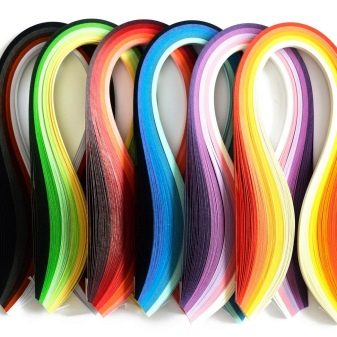
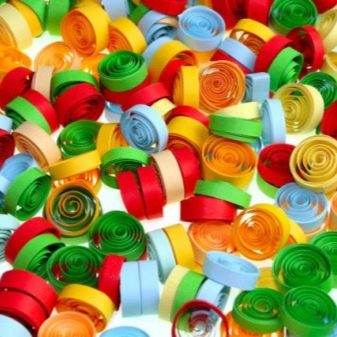
If you qualify raw materials by category, then you can use several key parameters. So, there is the following classification by color:
- plain;
- gradient;
- with toning effect;
- glossy;
- matte;
- mother-of-pearl;
- metallic (such as gold or silver), etc.
Depending on your individual preferences, you can choose the material in more classic shades or non-standard neon colors.
Another important factor is the length, because the final size of the craft depends on it.... In general, quilling paper is produced in any length in the range from 2 to 7.5 cm.At the same time, the most standard is considered to be 3 cm.The raw material for quilling also differs in width, the indicators of which can vary from 0.2 to 1.5 cm. Most often, options are used with a width of 0.3 to 0.5 cm. Various types of paper are also divided by density, which is measured in such an indicator as grams per meter.
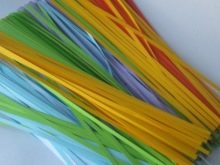
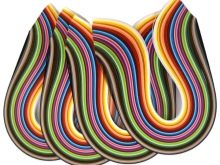
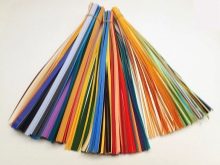
Thus, we can conclude that there is no strictly defined classification of types of paper for quilling. It is divided only by key indicators, on which the appearance and design of the final composition depends.
How to choose?
Before purchasing paper, you need to think over the composition that you want to create in advance. And already, depending on this, it follows choose certain colors. So, many masters use only pastel shades, while others prefer bright flowers. In addition, you can create your own style thanks to color preferences.
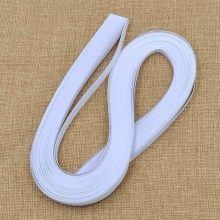
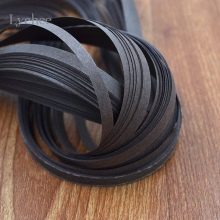
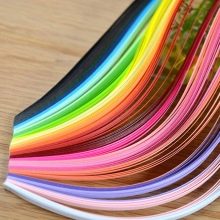
Width and length
These dimensions affect the final size of your composition. For example, to create some pictures, it is better to choose small stripes to get a neat and elegant image. At the same time, one should take into account the fact that the smaller the size of the stripes, the more difficult and painstaking the work will be. In addition, creating a fake will take a long time. A common technique is when strips of different sizes are used in one composition. This creates the maximum volume.
Density
For quilling, material with a density ranging from 80 g / m2 to 160 g / m2 is suitable. Whenever possible, give preference to a material whose density index ranges from 120 g / m2 to 140 g / m2. With thinner paper, you will have to work as carefully and carefully as possible, as it can easily tear. On the other hand, paper that is too thick is difficult to curl.
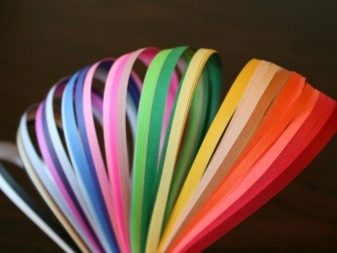

Price
Among other things, you need to pay attention to the price goods. For quilling the best material is the one that corresponds to the optimal ratio of price and quality. You shouldn't buy too cheap or too expensive options.
Manufacturer
If you are not a beginner in needlework, but already an experienced performer, then you it is worth paying attention to who produced the paper. The thing is that different companies have different approaches to the process of creating a material. There are several options standards and norms... Products made in Korea and Indonesia have proven themselves well.
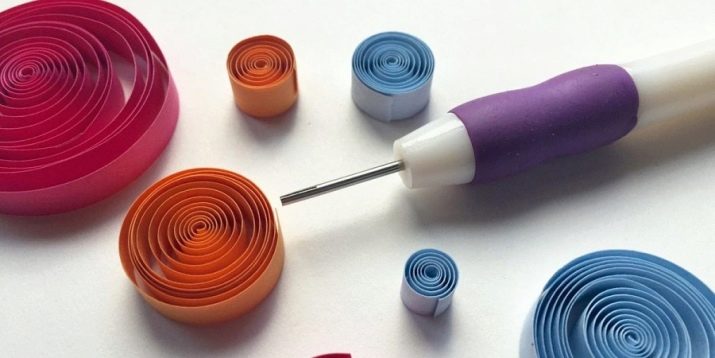
If you take into account all the options described above, then you will definitely purchase material that will be of high quality. Moreover, if you doubt this or that indicator, then do not hesitate to ask a sales assistant for a recommendation, he must tell you all the features, nuances and details.
How to do it yourself?
Helpful advice: if you don't have colored paper at hand, but you want to create a bright composition, then you can simply color the white paper you have with paints, pencils or felt-tip pens.
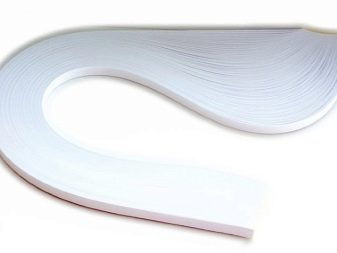
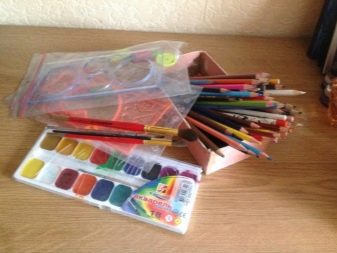
The slicing itself can be done in a variety of ways. Choose the one that is most convenient for you. Among the most common slicing tools are:
- scissors;
- stationery knife;
- construction knife;
- shredder;
- trimmer, etc.
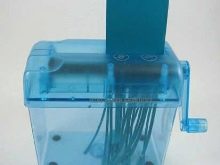
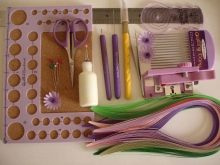
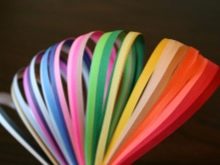
However, even if you have decided on the tool with which you will perform cutting, it is also important make sure in advance that you will be able to create even stripes of the same length and width... Experts recommend creating special mesh. Depending on your capabilities and wishes, you can create the necessary markup using a ruler and pencil, as well as using a computer. For example, such a common program as Microsoft Word allows you to create a ready-made template that can be attached to paper.
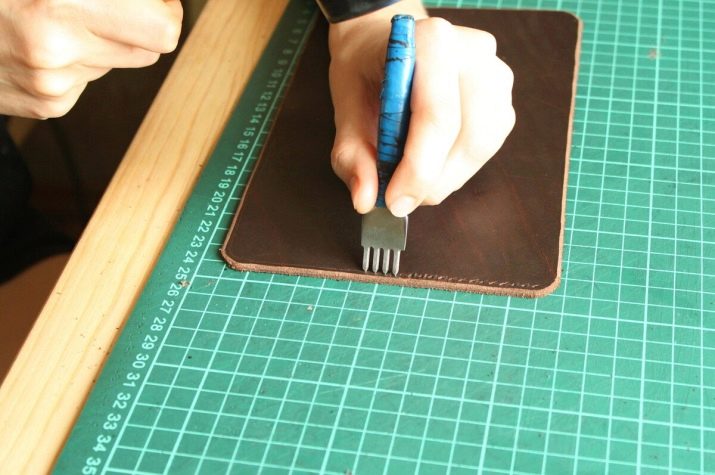
Thus, quilling is a rather interesting and common art form, which for many people is a real hobby... If you are serious about making crafts, you can even organize your own business (for example, sell compositions or conduct master classes). It should always be borne in mind that the choice of tools and raw materials should be approached as carefully as possible, since only in this case you can get the best result.
In the following video, you will learn some tips on choosing the right quilling paper.








